For Steven B. Smith, a professor of photography at the Rhode Island School of Design, growing up in a Mormon-dominated Utah during the Cold War was “a pretty dark time,” one filled with “conservative oppression and a culture of fear.”
He wasn’t quite certain how to handle all of it, but in college he discovered the work of Garry Winogrand and Robert Frank and decided to try to make sense of his childhood by picking up a camera. To Smith, Winogrand’s work showed “his sense of humor and sadness … I thought, here’s a way to use your instincts and also try to figure out how to criticize and celebrate the things that you love.”
“I know that’s not exactly what Winogrand was trying to do, but the emotional resonance of his work was what I took away from it. This is how I try to figure out how I was raised and how to navigate this culture.”
Smith worked hard on the project, and in 1987, while studying for his MFA in photography at Yale University, he showed the work during a critique. It didn’t go very well, so he shelved it.
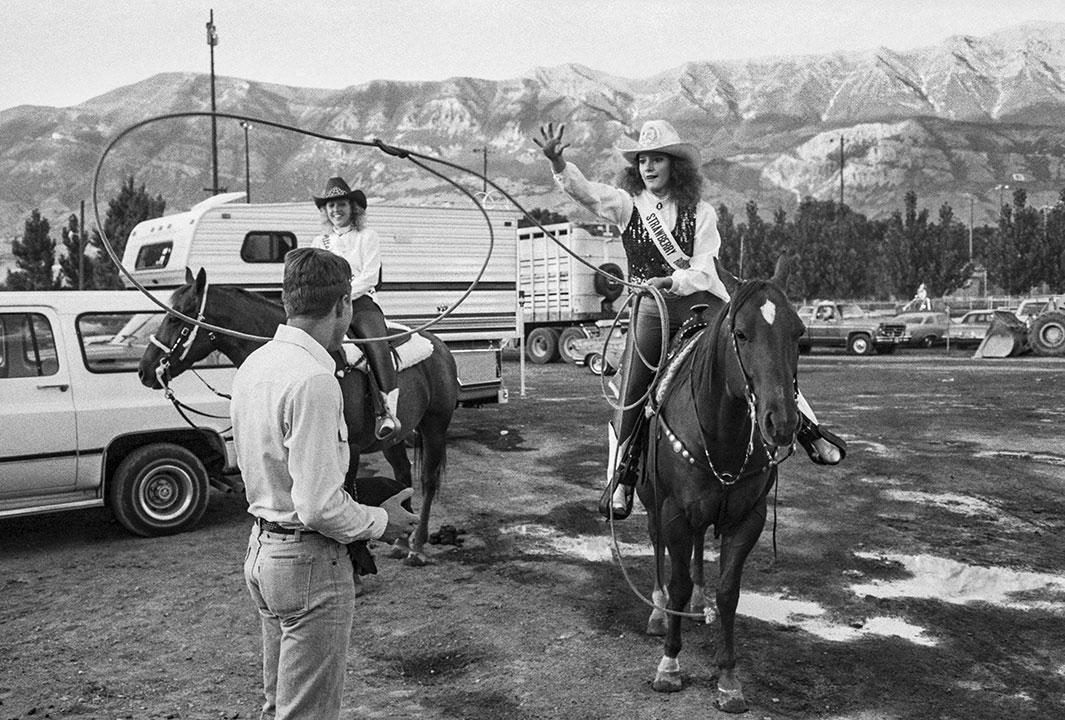
Steven B. Smith
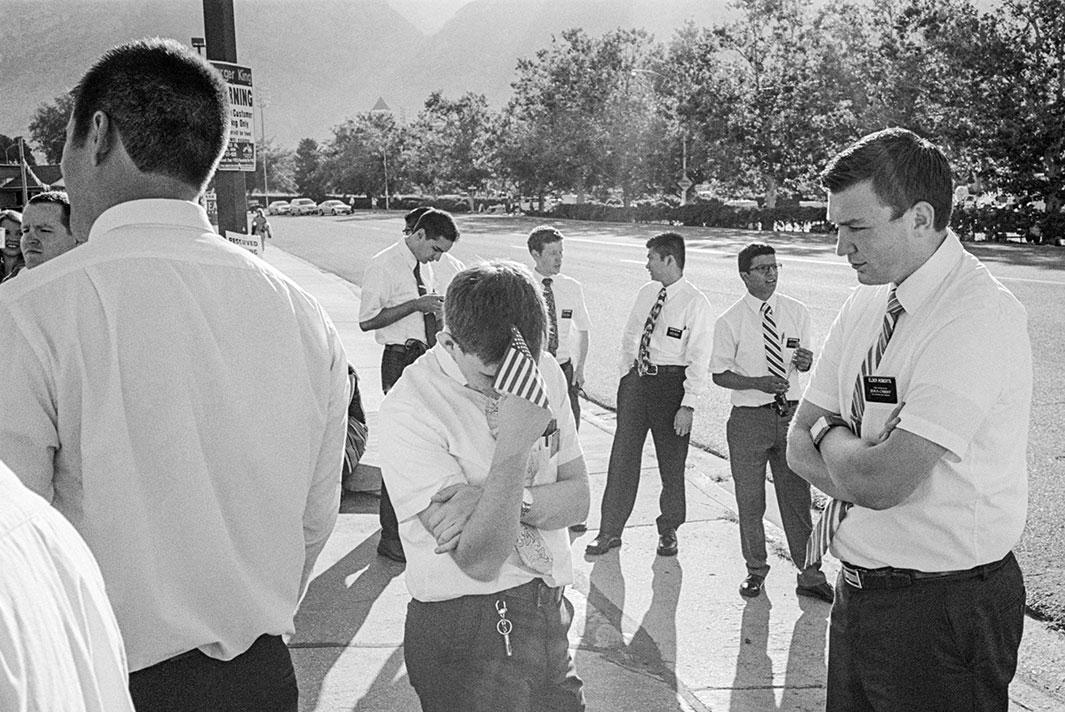
Steven B. Smith

Steven B. Smith
Twenty-five years later, while giving a lecture at Amherst College, Smith decided to present some of the black-and-white images he had taken in Utah. Nelson Chan, a former student of Smith’s, was in the audience and loved the work. Chan was about to launch a new publishing house, TIS Books, and asked Smith if he would be open to a monograph of the work. Smith agreed; this year they published that work plus a handful of new images titled Waiting Out the Latter Days. Smith said whether or not the negative attention he had received at Yale was deserved, looking at the work for a second time made him realize that he hadn’t done a great job of editing it the first time around.
“The pictures I liked later were the ones where I was taking more chances, and [at the time they] didn’t seem like completely finished pictures,” he said. “I had squeezed all the life of the images I had shown in the critique. All the ones that were lively and mysterious and sort of part my creation; in a way, those were the most interesting photos later.”

Steven B. Smith
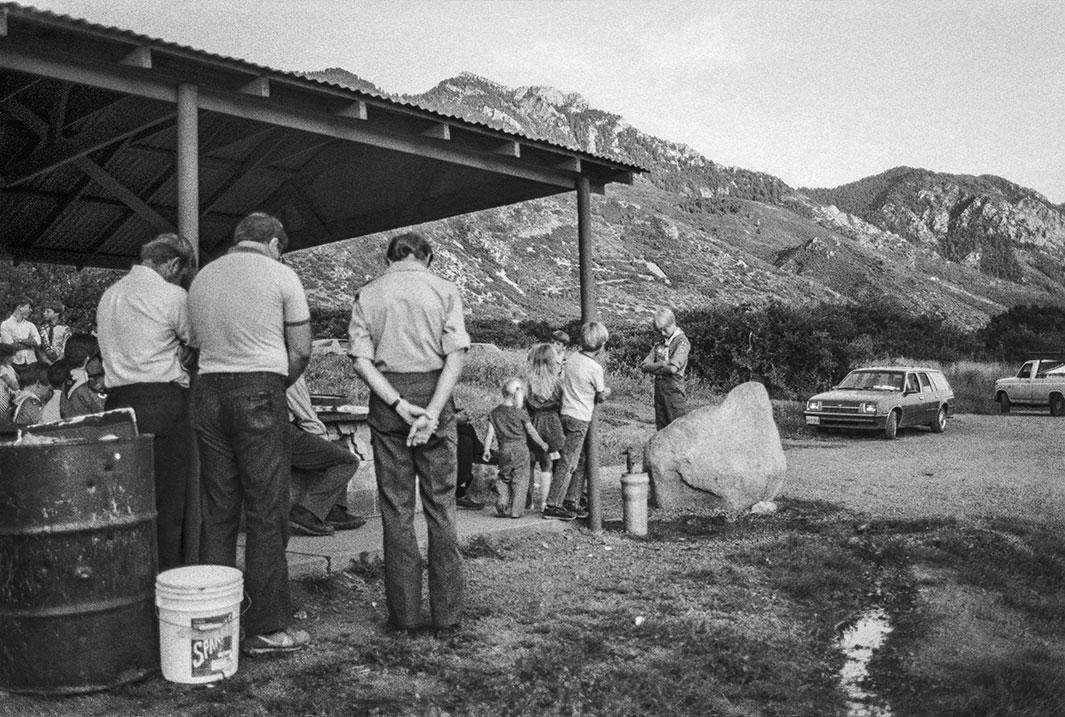
Steven B. Smith
Reviewing the work encouraged him to go back to Utah, to revisit his process and to try to tap into his subconscious in order to engage with his subjects. It also allowed him to reflect on who he was more than two decades earlier and who he had become.
“I loved that work and it was really amazing going back because I got to see this passionate, connected, dedicated young person who I used to be really grinding out his issues,” Smith said. “I felt kind of bad I had been such a baby when I got my first bad crit at Yale.”
The second time around, Smith decided to visit the same places he had photographed previously. Utah was a changed place: the Cold War was over and the economy had improved. He was curious how those shifts would play a role in the culture compared to the doom and gloom in which he had been raised.
“If you’re in a culture preparing to be sucked up into heaven and all the sudden the fear of the Cold War is lifted and the economy grows, all of the sudden you have to be rooted and concerned with living on Earth … I thought they would be a little more self-assured but also not consumed with fear; it’s a hard thing to find in a culture in a way, but I think most of my work is me projecting on other people since I kind of work in an intuitive way.”
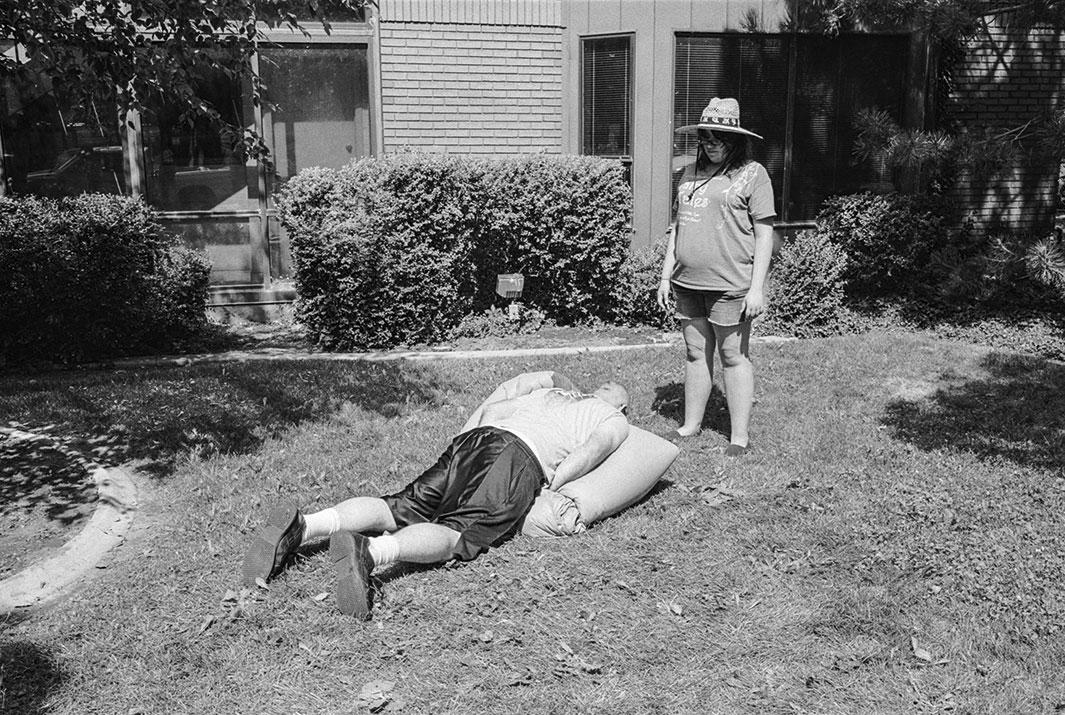
Steven B. Smith
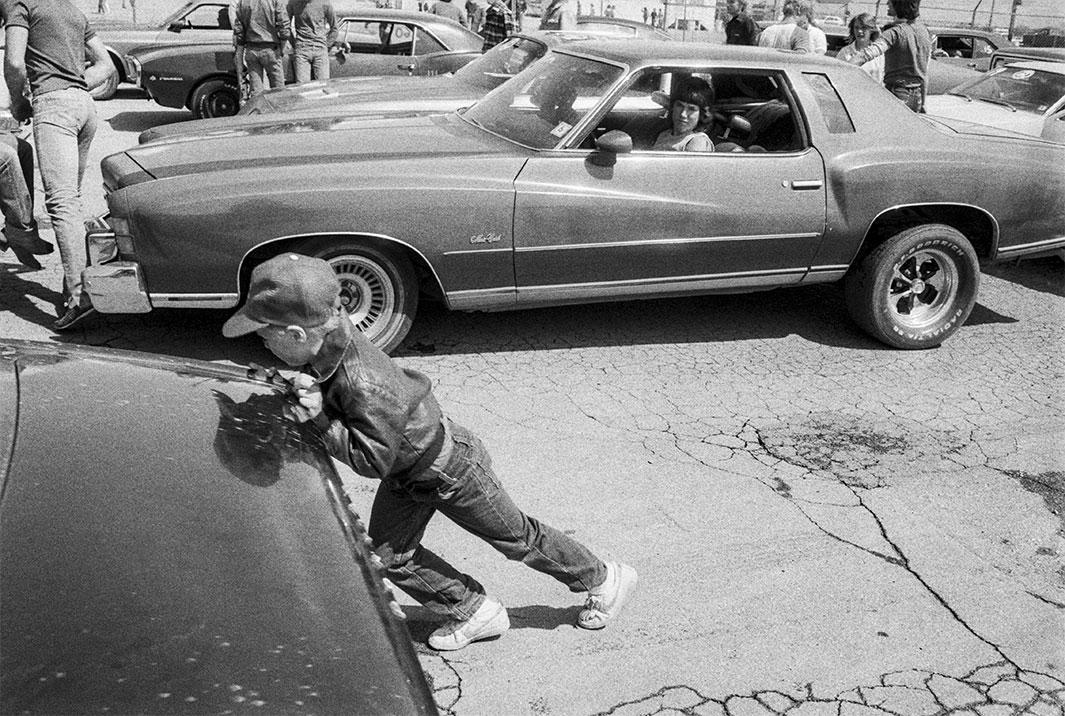
Steven B. Smith

Steven B. Smith
